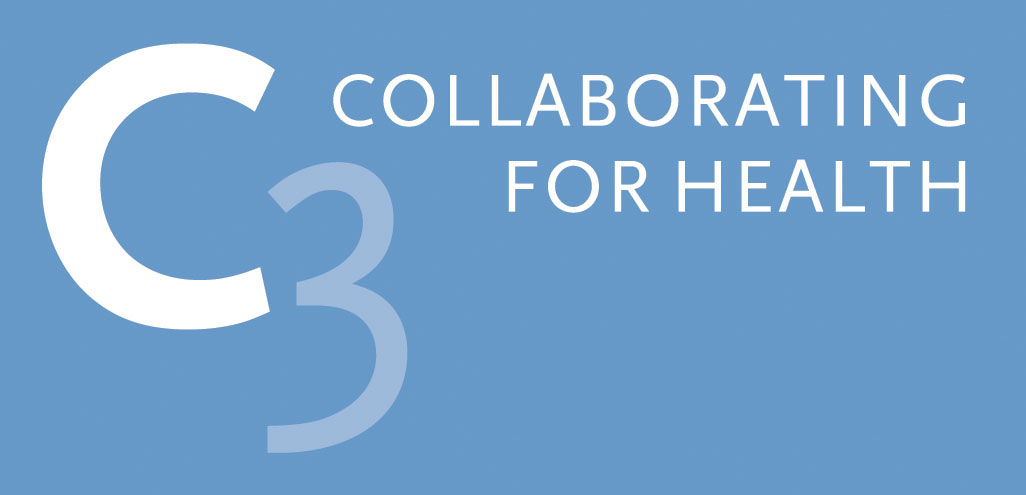NCDs and Ukraine: a hidden danger in conflict
The invasion of Ukraine has brought to the forefront the dangers facing those in conflict zones. Efforts by charities and humanitarian response often focus on the immediate dangers those in conflict-ridden areas face, such as physical injury and death, forced displacement, and food shortages, to name a few. However, one danger that is often overlooked is that of chronic disease also known as non-communicable diseases (NCDs). People affected by conflict are at high risk of developing NCDs (the number one cause of death and disability in the world) for many reasons:
Mental health
Victims of conflict can experience mental health issues that stem from their violent and traumatic experiences. High levels of psychological distress increase the risk for NCDs by leading to a rise in harmful health behaviours such as alcohol consumption and tobacco use. Both of which are risk factors linked to the development of NCDs.
Weakened Trading Systems
Perpetuating the harmful use of alcohol and tobacco in post-conflict countries, many companies capitalize on weakened post-conflict trading systems and target marketing efforts to vulnerable populations.
Living Conditions
Refugee populations are often exposed to poor and overcrowded living conditions, which can lead to limited access to water, sanitation, and hygiene (WASH) services. Moreover, differences in language, culture, and legal barriers can make getting timely and appropriate care challenging for refugees, resulting in an increased risk of developing NCDs and those suffering from NCDs being less likely to be diagnosed and appropriately managed.
Covid-19
Covid-19 has overstretched healthcare systems, with many operating at limited capacity. This has made seeking treatment for NCDs more difficult. This strain has hit those in low- and middle-income countries, where the majority of refugees reside, hardest. In many post-conflict countries struck with an influx of urgent environmental and demographic rebuild issues, NCD care often falls to the private sector. The extreme cost of this becomes a barrier that results in lower-income populations struggling to receive the care they need.
Ukraine
In Ukraine around nine million people are living with NCDs, more than two million people with diabetes. In fact NCDs are the leading cause of premature death in Ukraine.
Access to essential medication and treatments that those with NCDs require is often extremely limited for those affected by conflict. On the 7th of March the Ukrainian government announced that 34 hospitals had been damaged or destroyed, over 300 healthcare facilities were along conflict lines or had changed areas of control, and another 618 health facilities were within 10km of the conflict lines.
What does this mean?
The combination of poor living conditions, limited access to healthcare, declining mental health, and targeted marketing creates the perfect storm for refugee populations and those affected by conflict to become at higher risk of developing NCDs and less likely to get treatment.
What is being done?
The World Health Organization (WHO) is working with its offices in Ukraine to respond to the health emergency and ensure as little disruption as possible to the delivery of critical healthcare services and treatment.
The International Diabetes Federation (IDF) is monitoring the situation closely to ensure emergency relief is provided to the 2.3 million Ukrainians living with diabetes.
If you found this interesting you can also read our blog on Climate Change and NCDs

